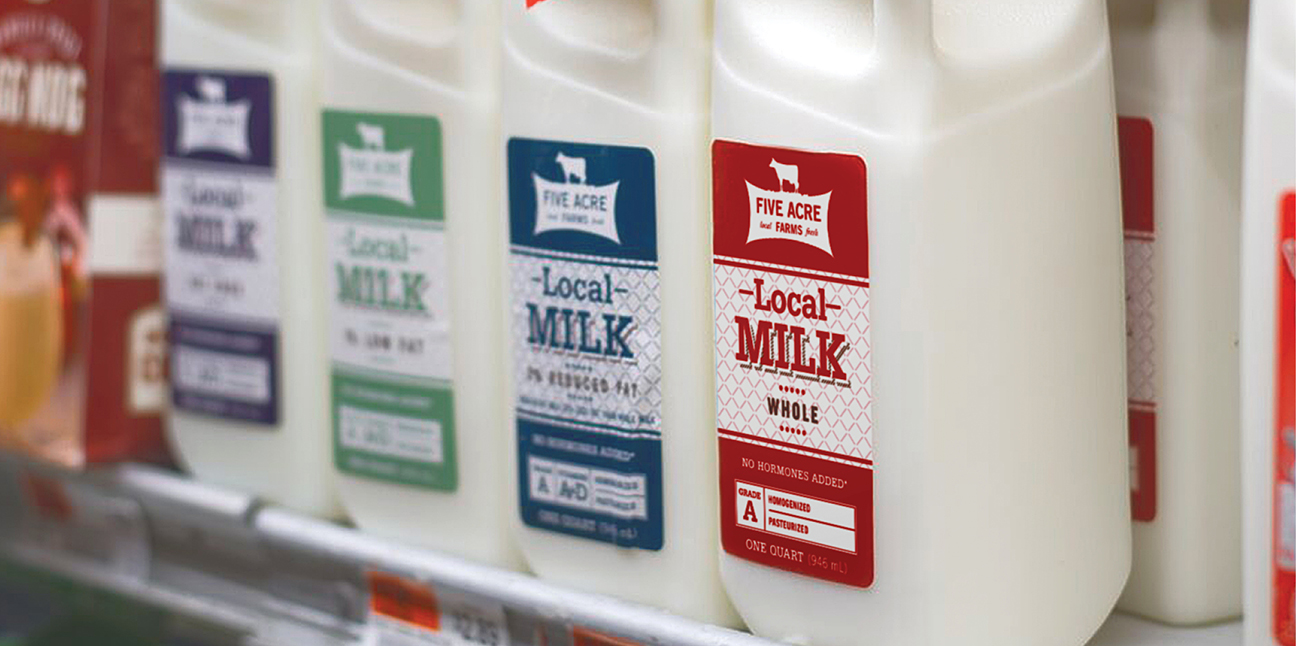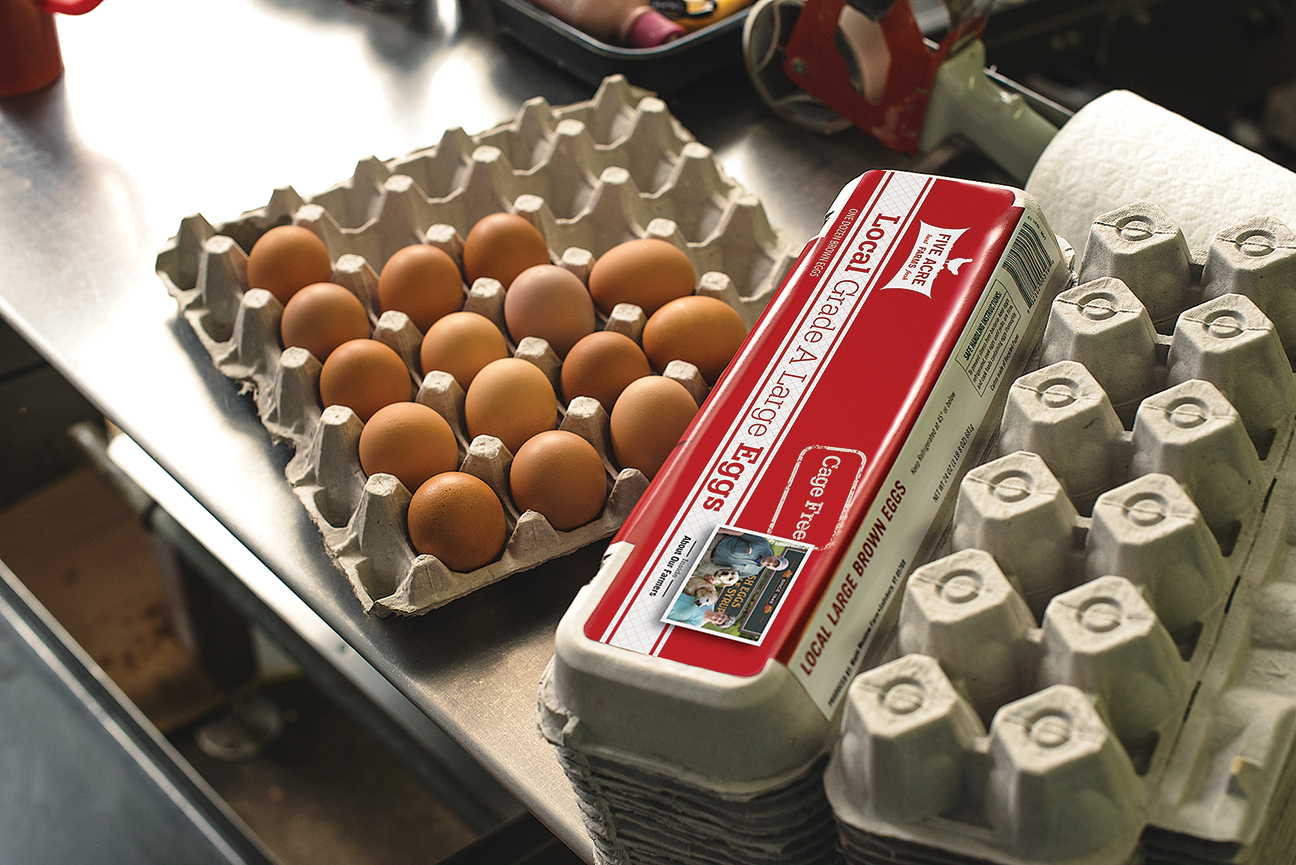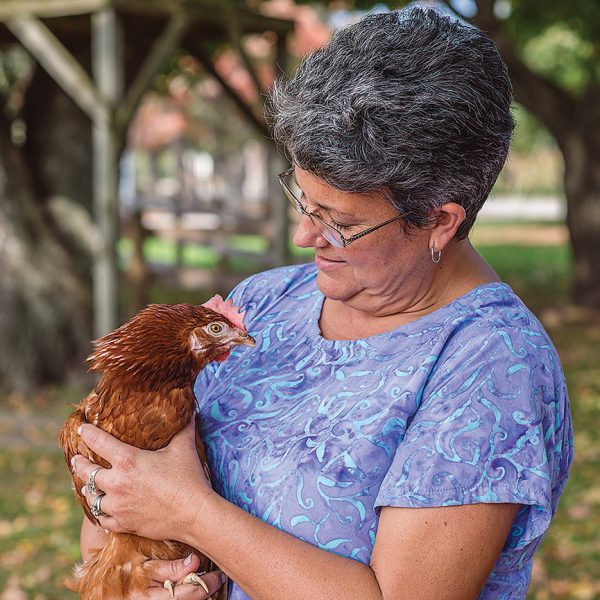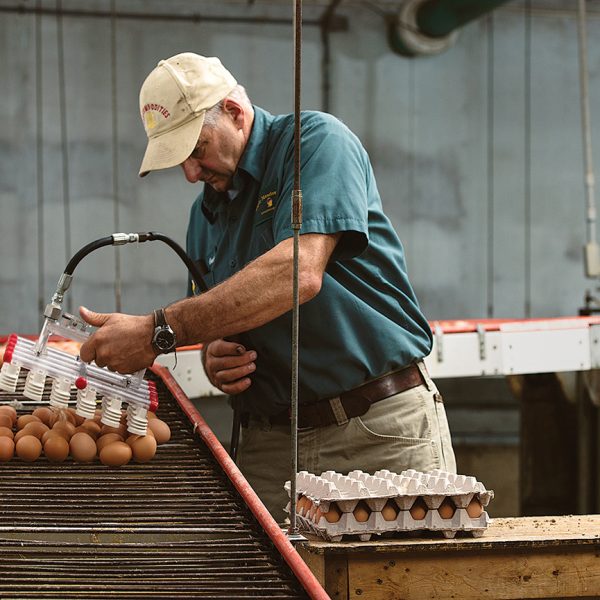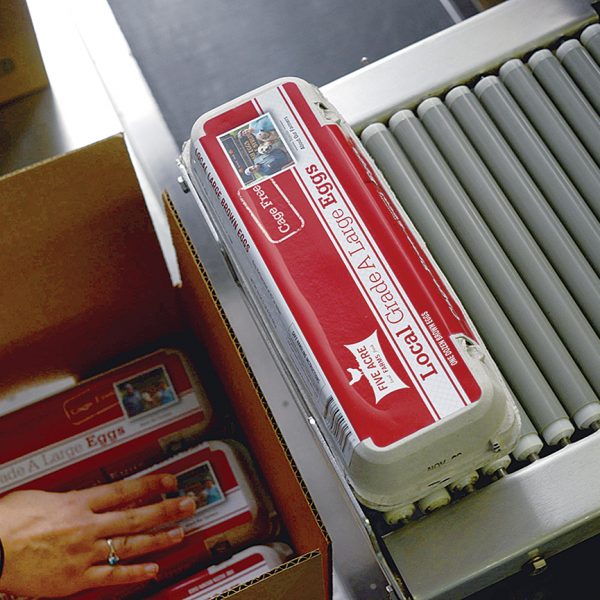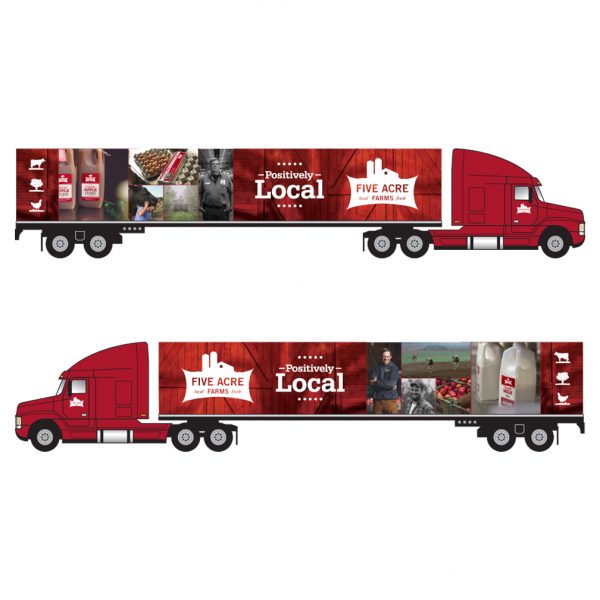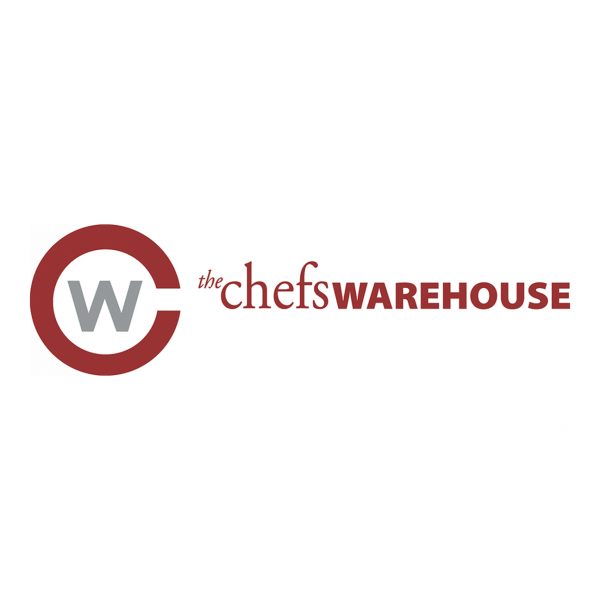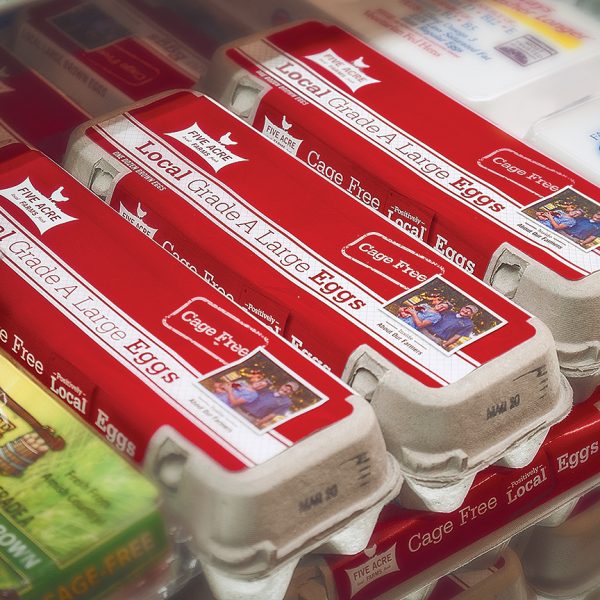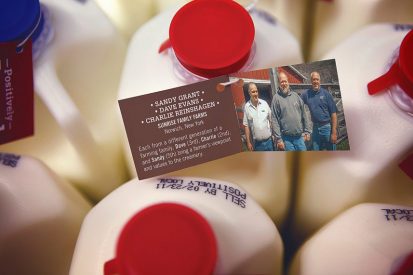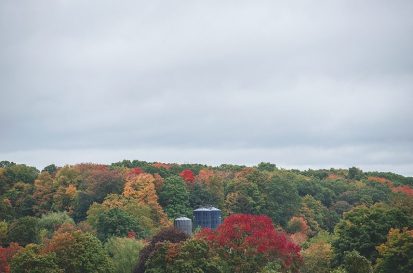Raw milk is in the news these days for a few reasons.
- RFK Jr.
- Avian Flu
- Romanticization of raw milk by legacy media, holistic medicine influencers, and French food lovers (Okay, this is snarky, but kind of true).
First and foremost, is raw milk safe? This question is at the center of the debate. In my mind, it raises a basic question about public health policy. This asks, should the government have laws that protect the overwhelming majority of the population against potential problems with milk? If you say yes, the case for greatly reducing access to raw milk is overwhelming.
Some claim that raw milk, when continually tested, is safe, and because it hasn’t been cooked (pasteurized), it has additional health qualities. Addressing the first point that raw milk is safe sounds good in a classroom but much like an old table saw with no safety features, one would never let the inexperienced near it. Some would let no one near it.
Raw milk proponents extol its healthful virtues, yet as of today, there is no peer-reviewed evidence that raw milk carries greater health benefits than pasteurized milk. This is frustrating to the nontraditional medical community, but it is true.
There is a growing voice in American society that doesn’t want rules dictated to them, and raw milk has fit neatly into this movement. Sadly, misinformation, conspiracy theories, and general distrust of the intentions of the research community underplays the perils in raw milk. The recent findings that avian flu survives and thrives in raw milk only make this point clearer.
I have nothing against raw milk, per se. I do take issue with any attempts to minimize its potential problems. Access to raw milk is regulated on a state-by-state basis and anyone who buys it should do research to gain absolute certainty about where it’s from, how it has been handled, and the temperatures at which it has been stored. RFK Jr. may personally like raw milk, which is his choice, but his ideas have no place in public policy, and show an astounding disregard for public safety.
Government food safety laws should continue to protect the majority of the population against potentially dangerous bacterial infections in milk. Avian flu survives and thrives in raw milk. It dies in pasteurization. TB, Listeria, EColi all thrive in raw milk. They die in pasteurization. No matter how much holistic “wellness” influencers, possible incoming Administration members, or the media ignore this with romanticized ideas of pre-industrial farming practices, pasteurization maintains milk’s nutrition and makes milk safer. We need to move past this subject in public policy discussions.
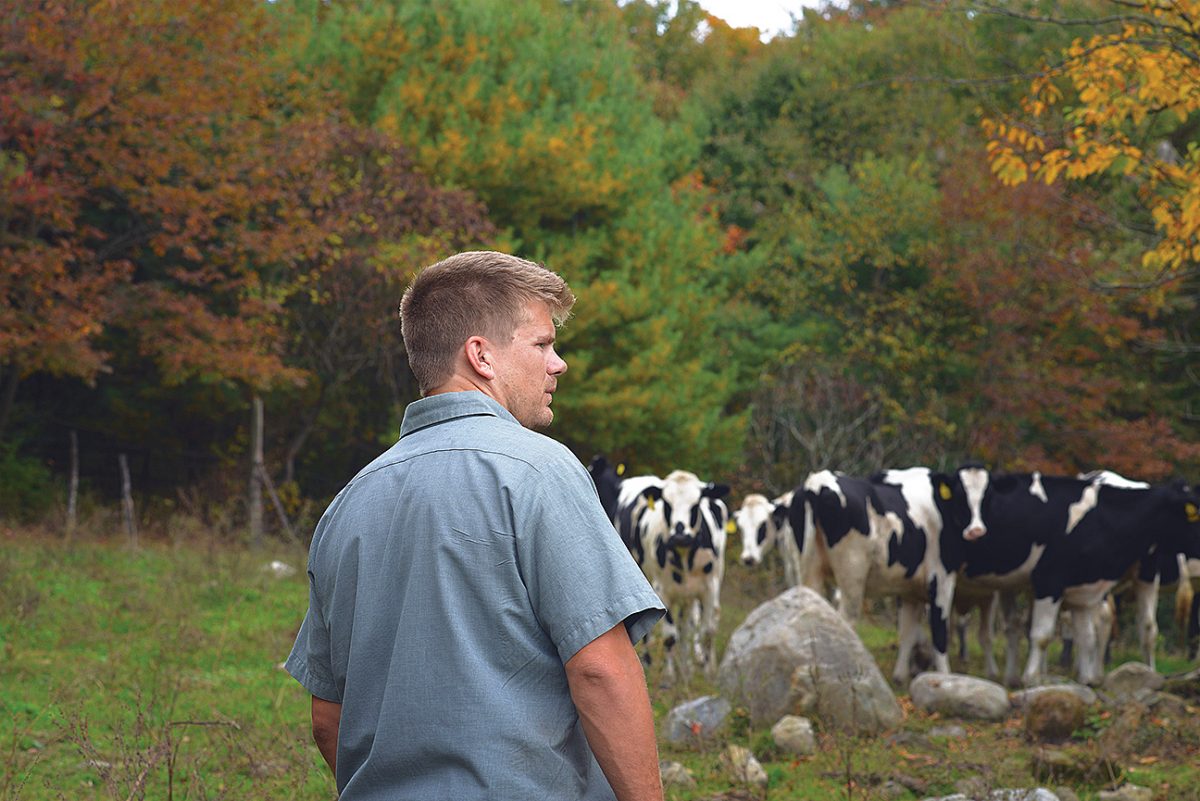

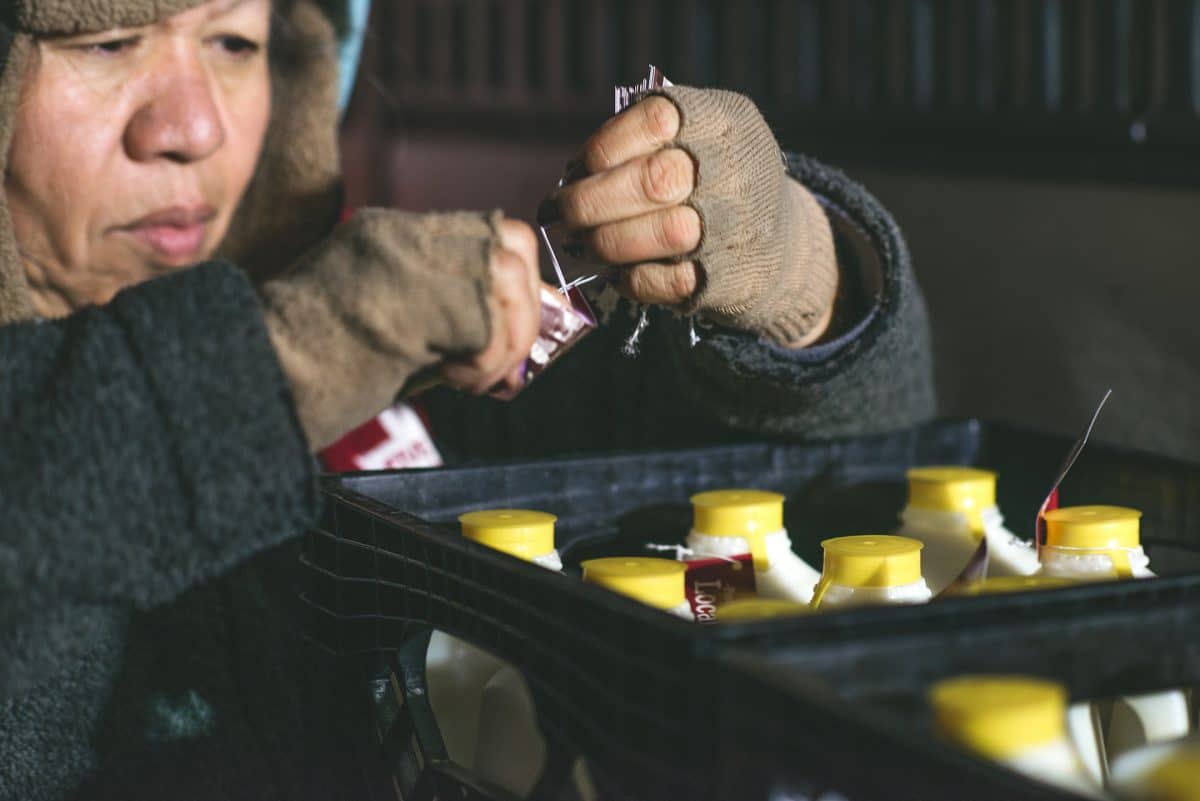
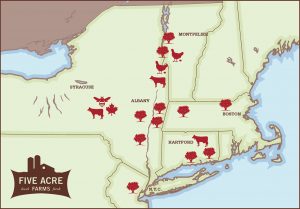
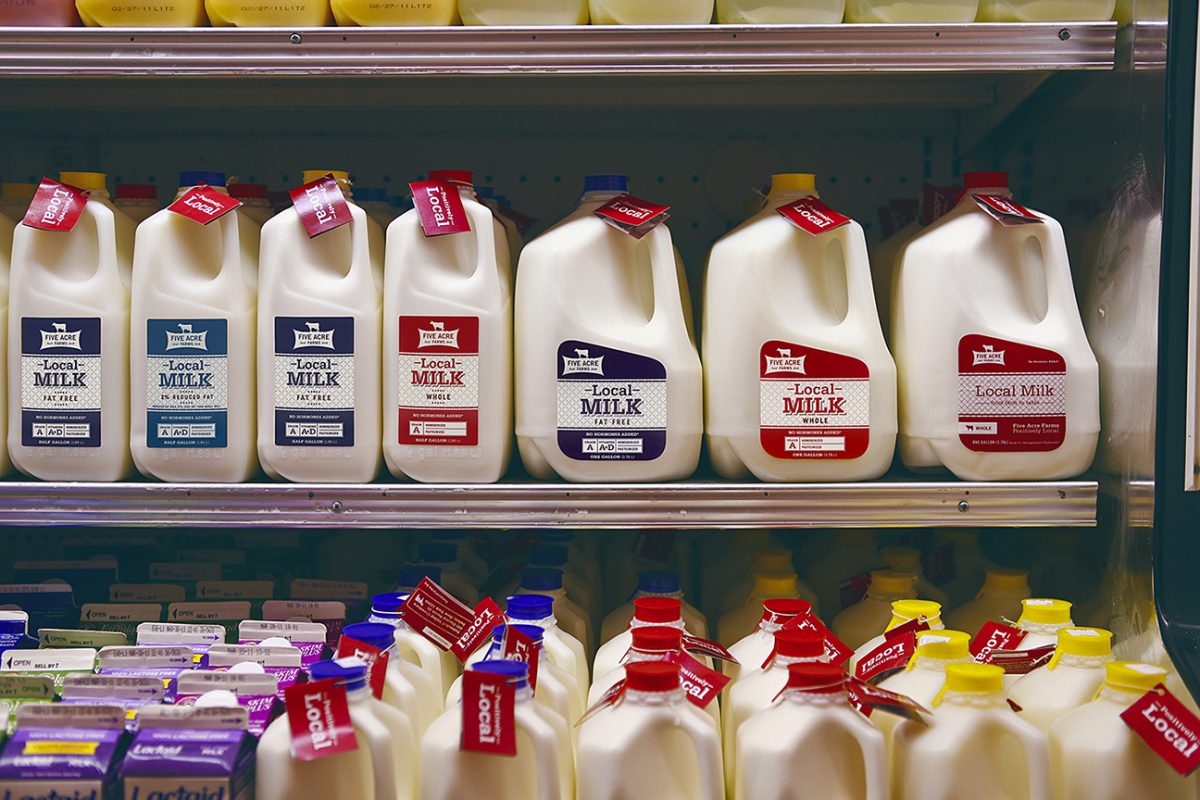
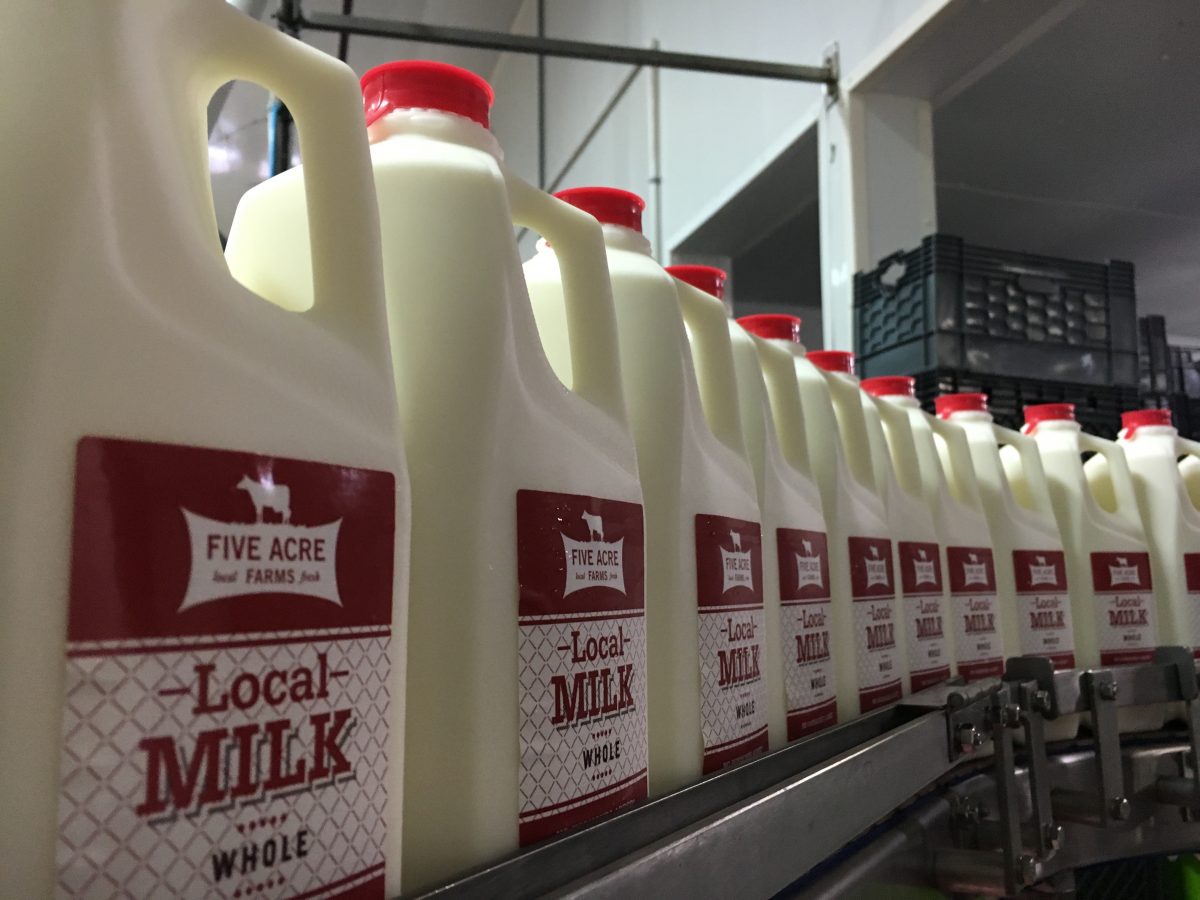

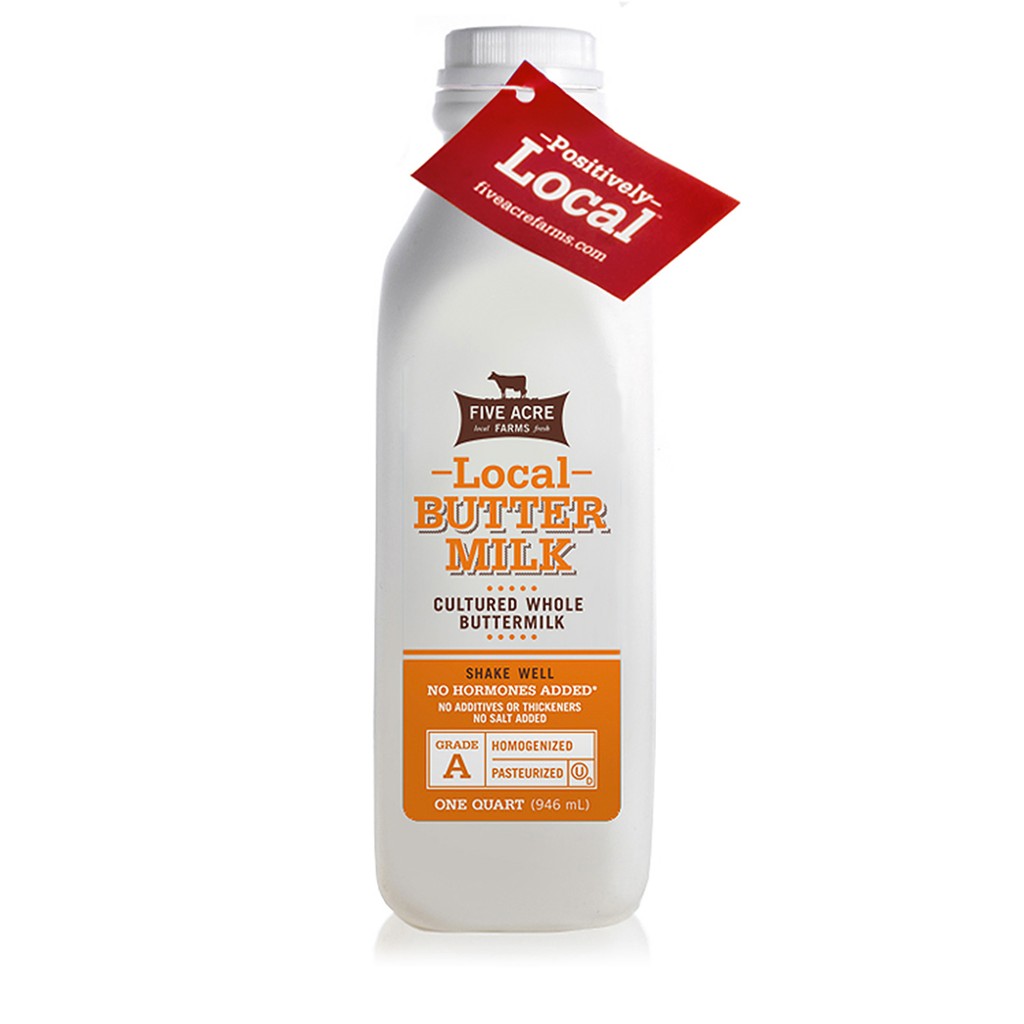
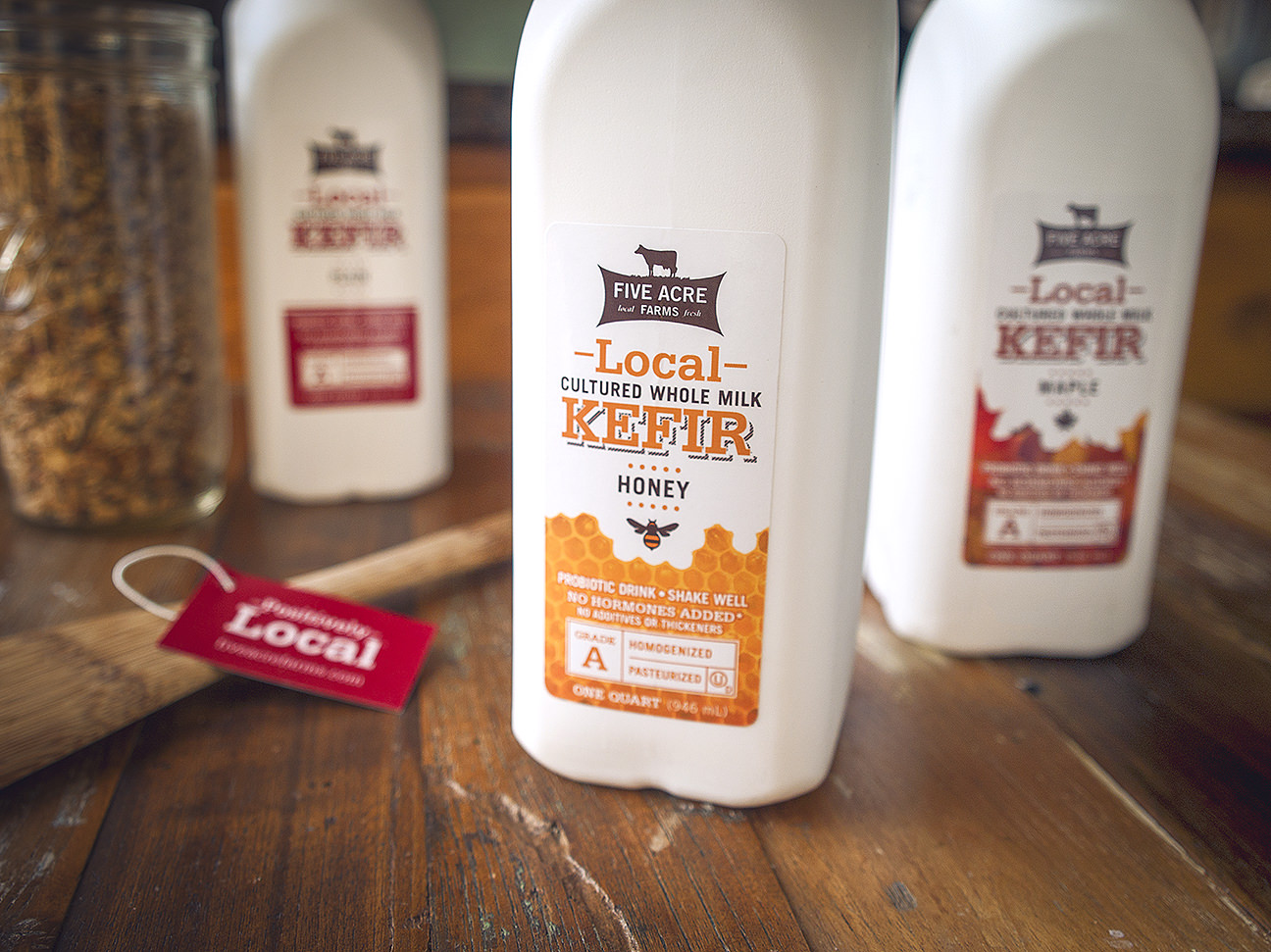
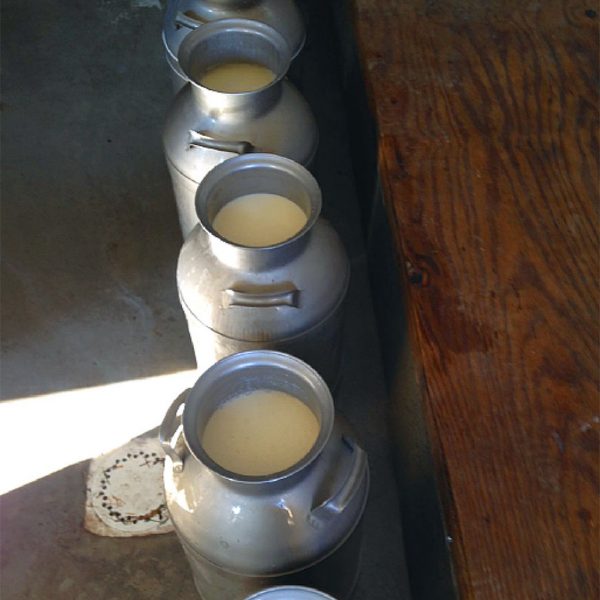
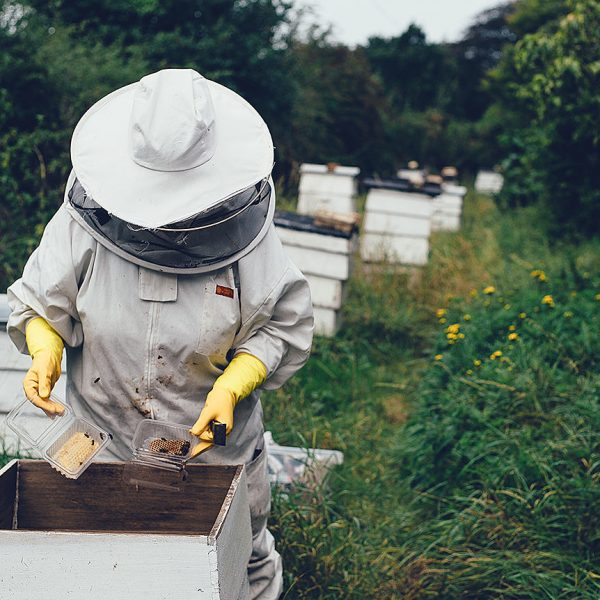
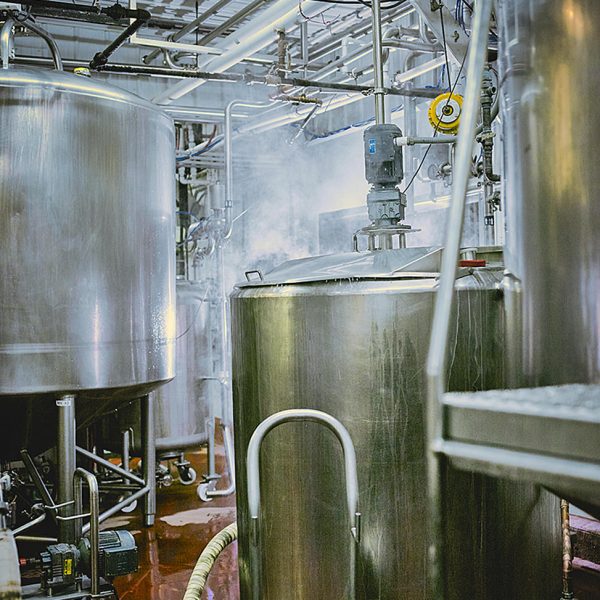
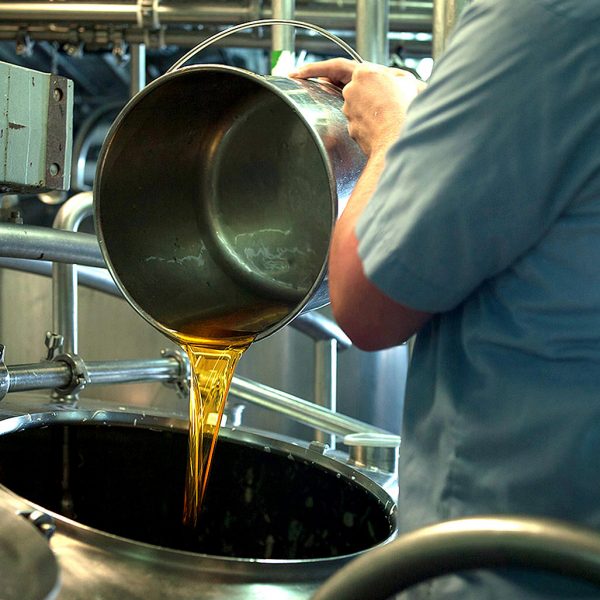
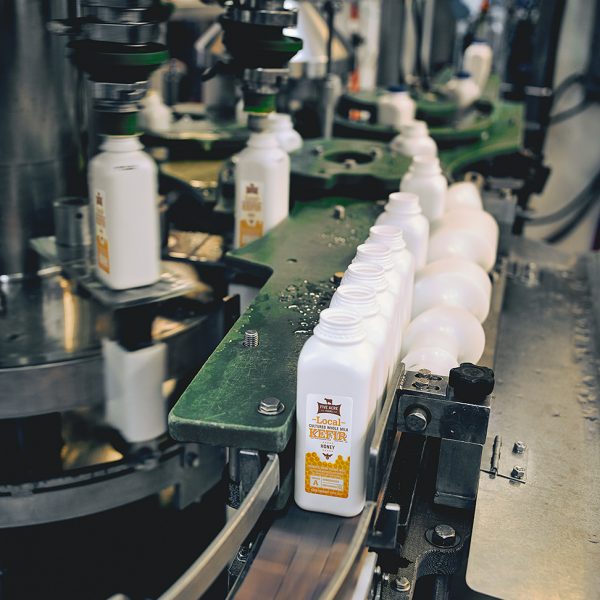

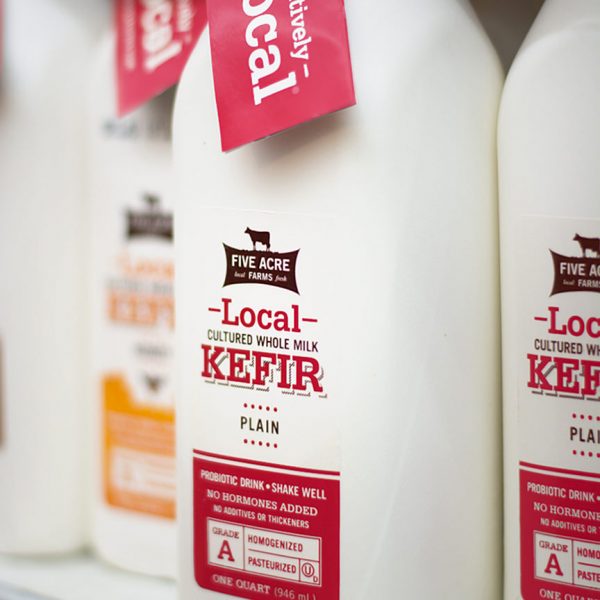
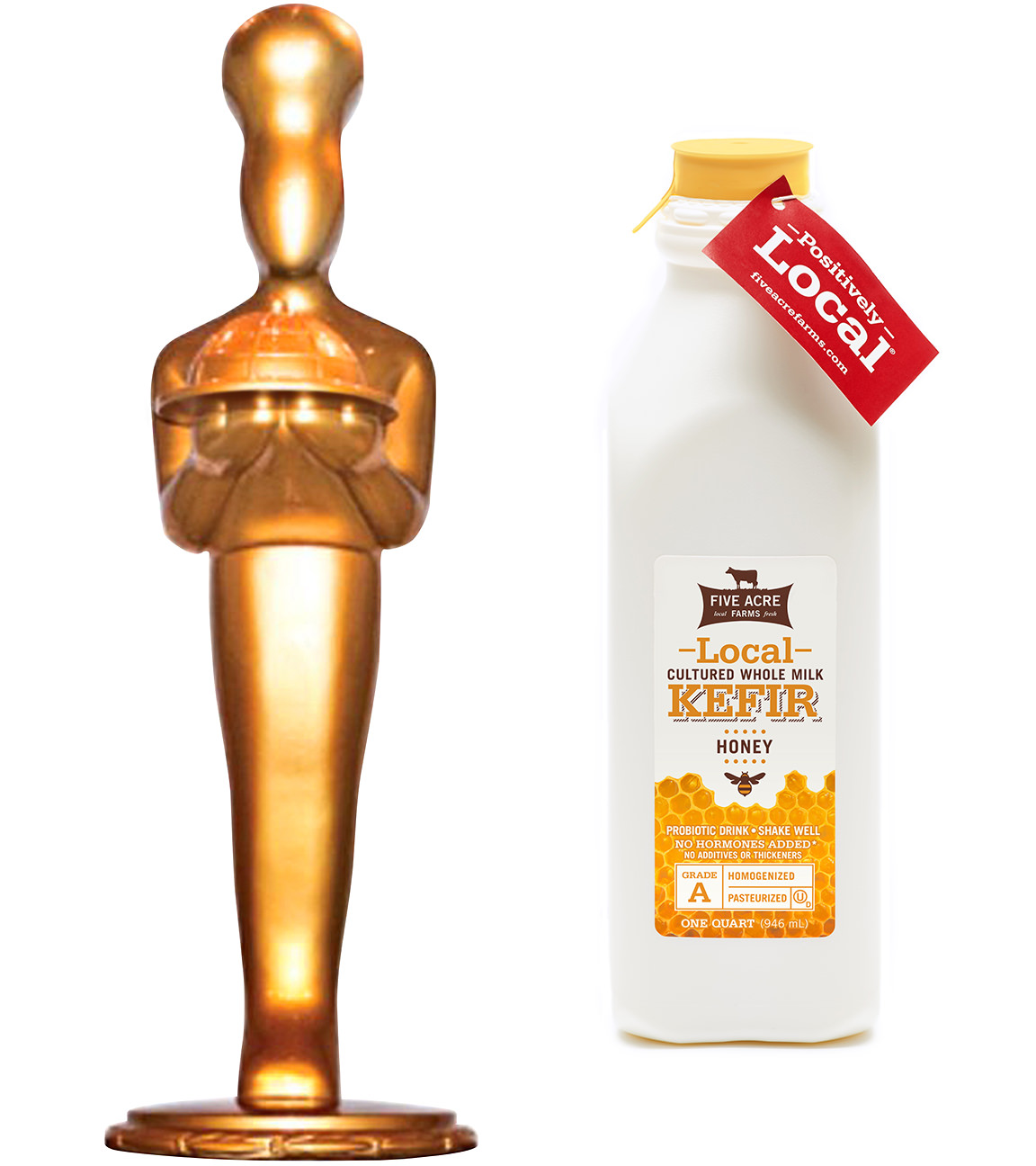
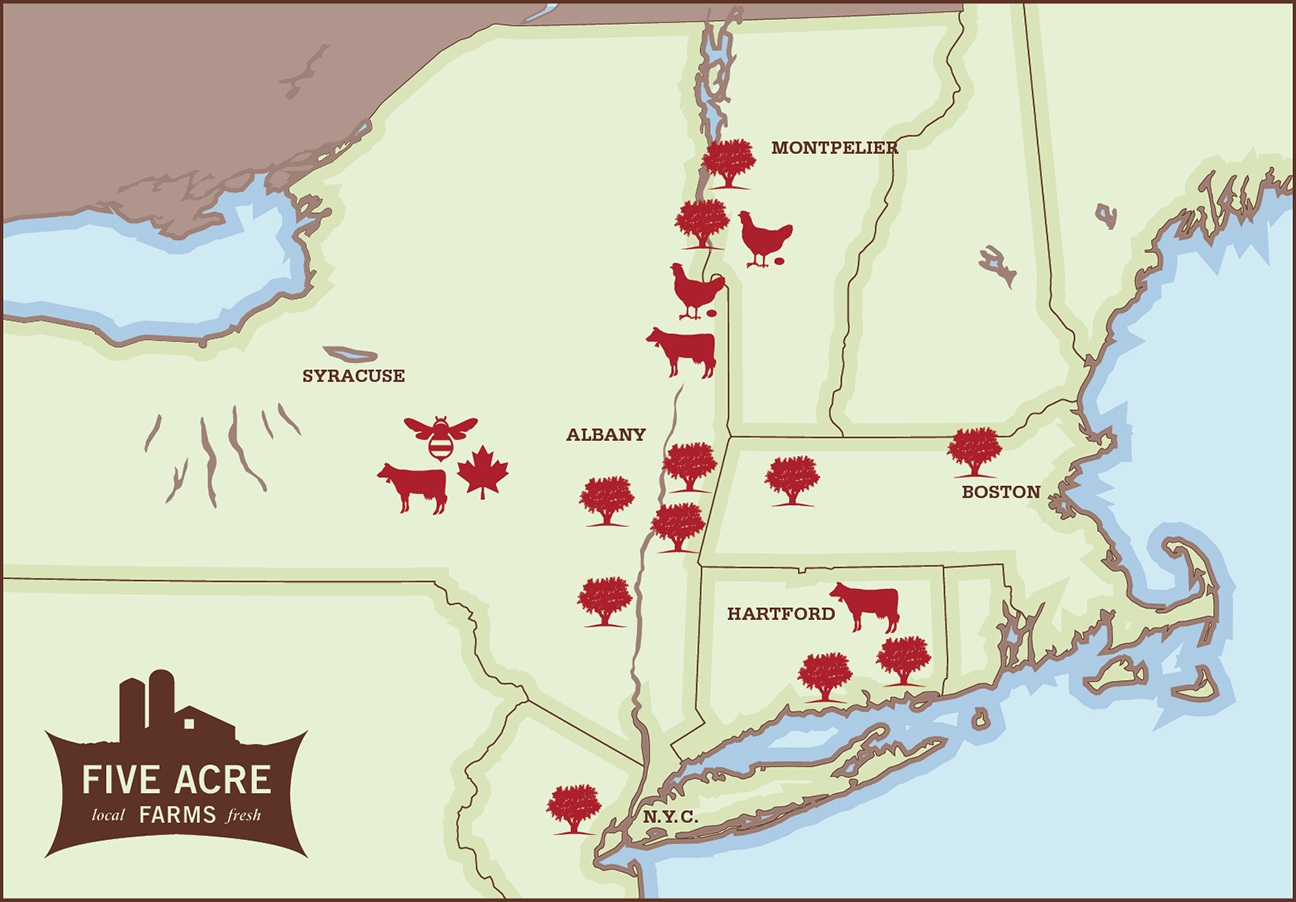
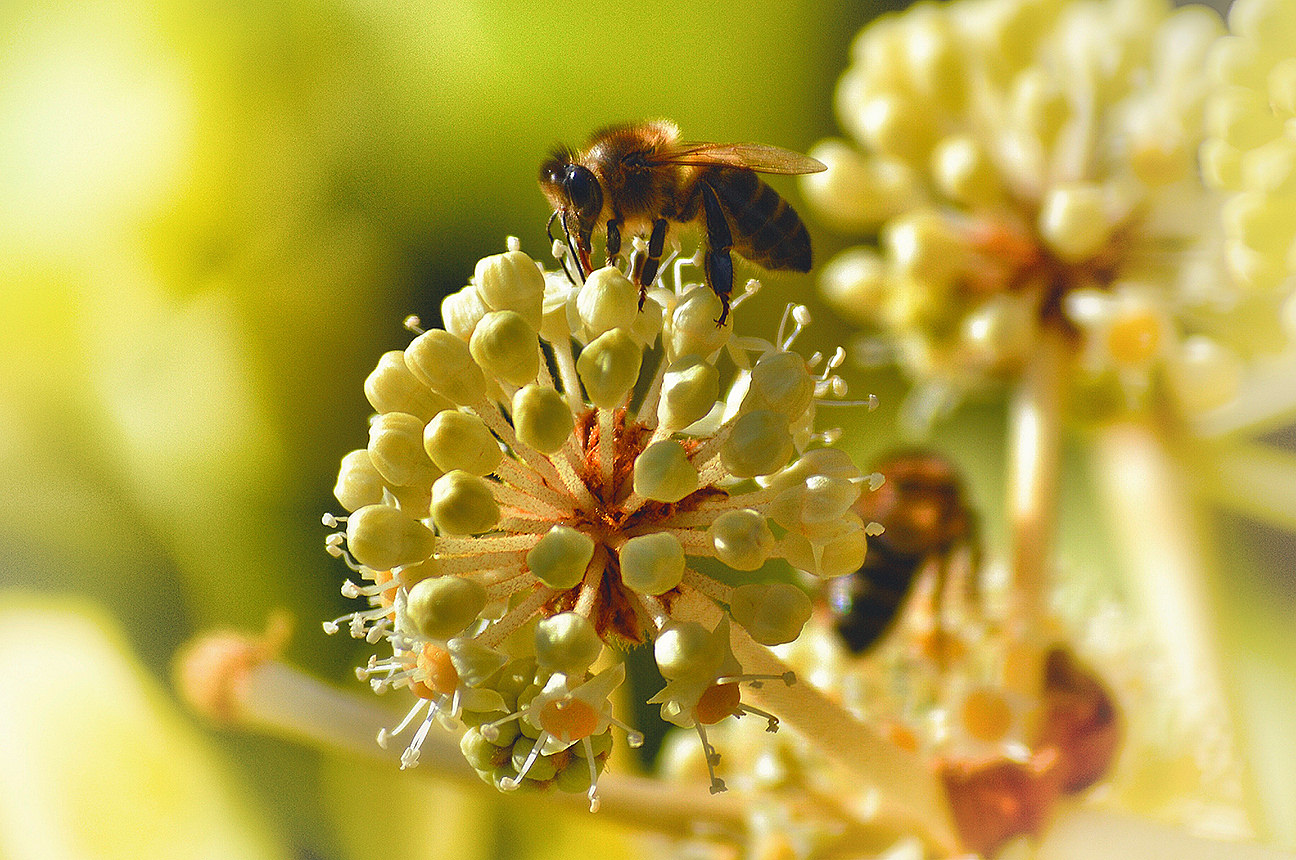

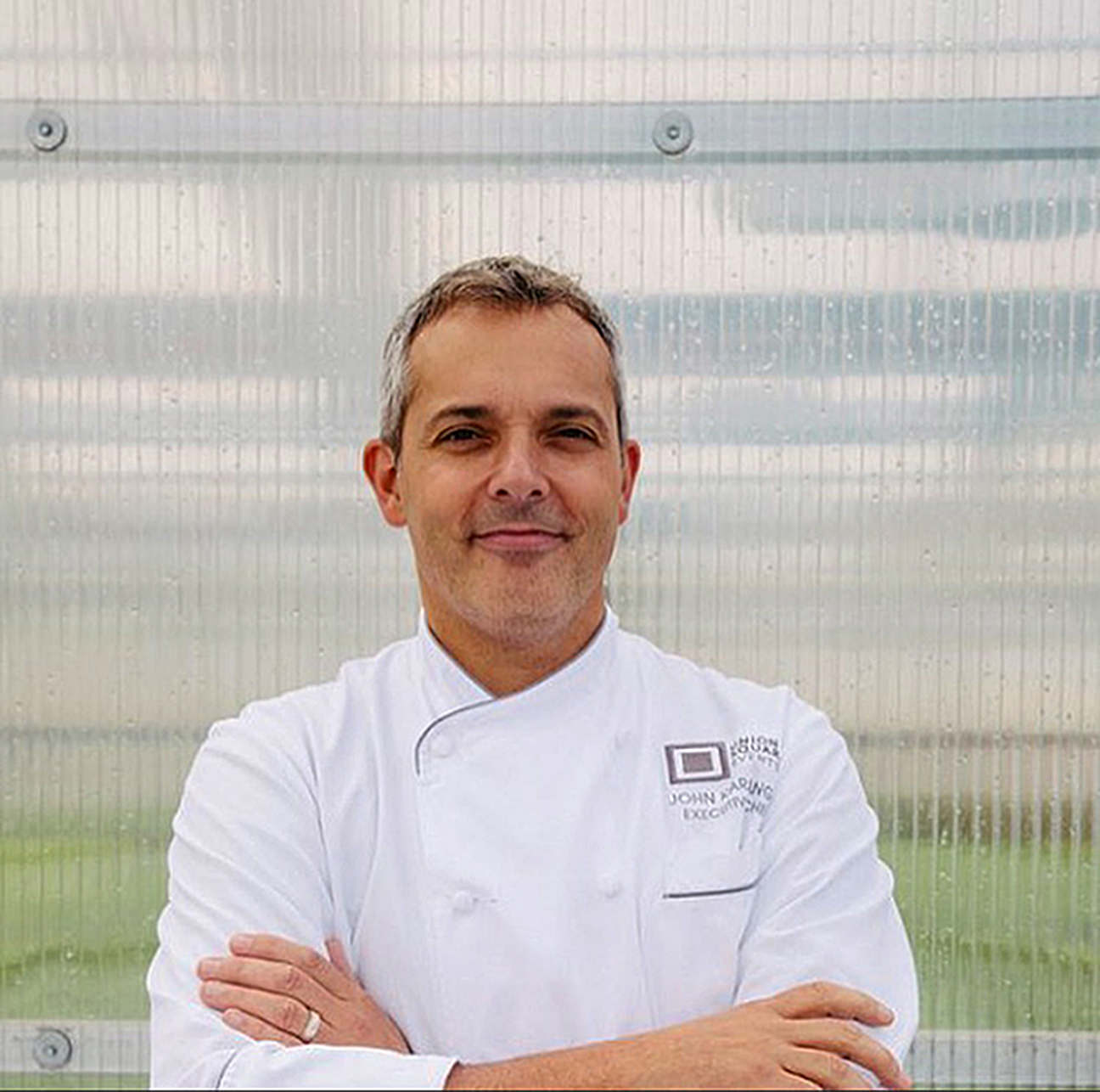

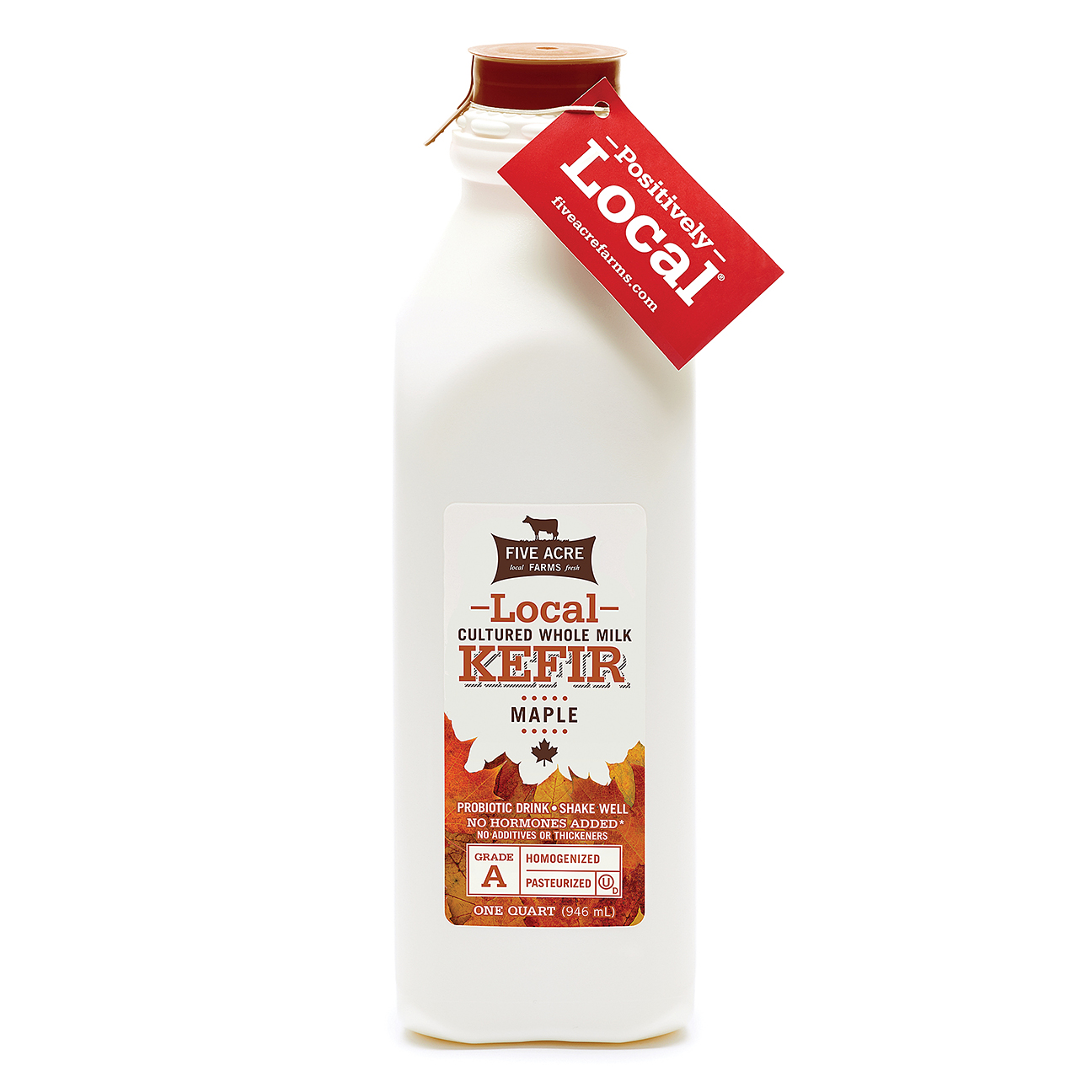 KEFIR, first created more than 2,000 years ago in the Caucasus Mountains of Eastern Europe, is a cultured milk drink that tastes like yogurt and has the consistency of a smoothie.
KEFIR, first created more than 2,000 years ago in the Caucasus Mountains of Eastern Europe, is a cultured milk drink that tastes like yogurt and has the consistency of a smoothie.